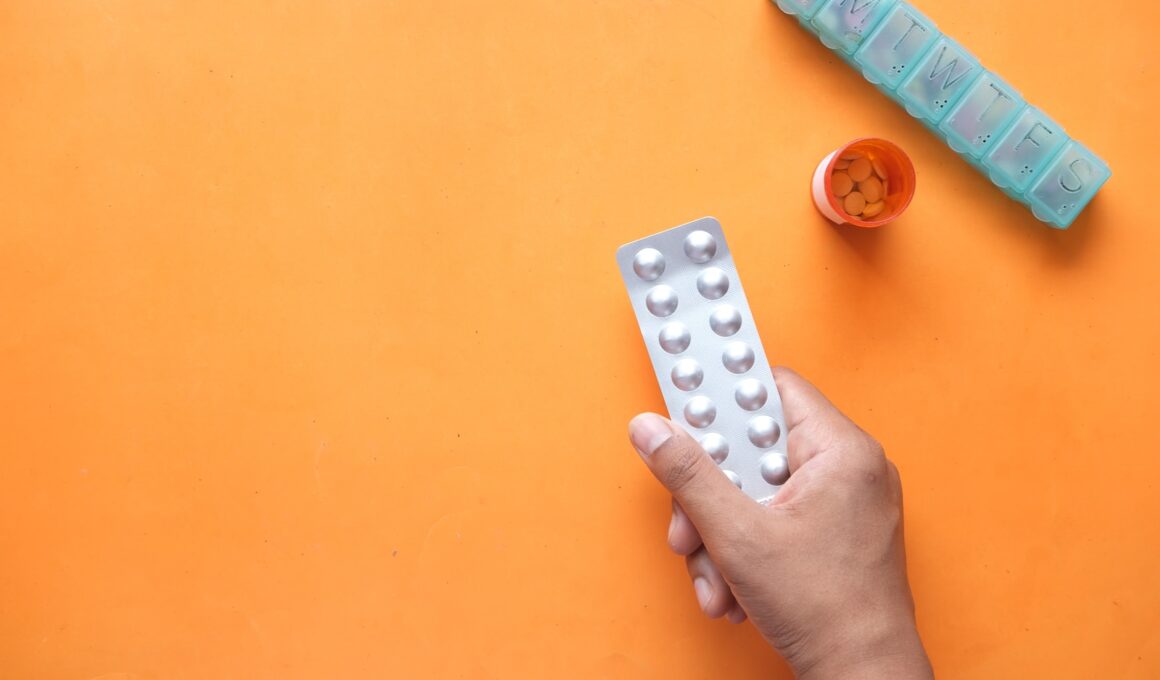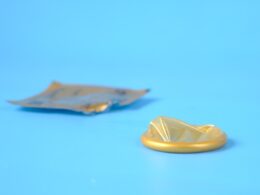For some birth control methods, you have to do something every day or week for it to work. Others, like IUDs and implants, are low maintenance.
The combination pill takes seven days to start working, depending on where you are in your menstrual cycle. It works best if you use it correctly, every day and don’t miss any pills.
Pills
The pill is a really effective birth control method, especially when it’s used correctly. The only thing that can mess it up is missing pills or taking them too late – These data are provided by the portal Hot Sexy and Big Tits. That’s why we recommend keeping track of your menstrual cycle, having a backup method (like condoms) on hand, and using apps or alarms to help you stay on schedule.
If you’re on a 21-day pill pack, it has three weeks of active pills followed by two to seven days of hormone-free pills. Some brands even offer extended-cycle or cyclical dosing—a longer stretch of active pills and fewer inactive ones. Both of these styles of pills prevent pregnancy about the same as traditional 21-day packs.
The only thing that the pill doesn’t protect against is sexually transmitted diseases or infections, which can be spread through unprotected sex. If you’re in a monogamous relationship or plan on having penis-in-vagina sex, we recommend using condoms in addition to your Pill to prevent both STDs and pregnancy. But remember, the pill only works if you take it every day and don’t miss any pills. Abstinence is the only way to guarantee it’ll always work. It’s important to talk to a doctor or nurse practitioner before starting the Pill and get your menstrual history, family medical history, and pelvic exam. They can also give you a prescription and explain when to start the pill and how it’s taken.
IUDs
Unlike the pill, the birth control implant (or hormone-containing intrauterine device) works immediately after it’s inserted. It releases the progestin, which thickens cervical mucus to stop sperm from entering the uterus. It can last anywhere from 3 to 8 years, and can help make your periods lighter. If you want to try one, talk to an OBGYN who knows all the options and potential side effects, as well as listens to your needs.
Nonhormonal IUDs, like the copper ones and barrier methods, are also super effective. They protect from pregnancy instantly, as do other surgically sterilized methods such as tubal ligation or vasectomy.
However, even when used correctly, they’re not foolproof—people can mess up these kinds of contraceptives all the time, Dianni explains. It’s also worth noting that if you have a hormonal IUD, it may take up to a week for it to become fully effective.
There are four kinds of hormonal IUDs available in the U.S.—Mirena, Skyla, Liletta, and Kyleena. They’re plastic and work by releasing the synthetic hormone progestin, which can thin out cervical mucus, stopping sperm from entering the uterus. Plus, they’re 99% effective when used as emergency contraception within 120 hours (5 days) of unprotected sex. They can also be used to prevent pregnancies before conception and last for up to 12 years.
Implants
Hormonal birth control adjusts your natural levels of estrogen and progestin to make pregnancy much less likely. It can be taken by pill, patch, ring, shot or IUD. It’s best if you use it with a barrier method to prevent STIs.
An IUD (intrauterine device) is a tiny metal coil that’s placed in your uterus to prevent pregnancy. It has both hormonal and nonhormonal options, and can last up to ten years. There’s also a birth control implant, called Nexplanon, that releases progestin into your blood to prevent pregnancy. It’s about the size of a matchstick and can be inserted in your upper arm by a doctor or nurse.
Birth control implants are effective immediately if they’re put in during the first five days of your menstrual cycle, but they can be used at any time after that. If you use an implant after five days into your menstrual cycle, you should use backup contraception for seven days.
If you’re under 16, doctors, nurses and pharmacists won’t tell your parents (or carer) that you want to have birth control, unless they think it’s necessary to keep you safe. They can only break confidentiality if they think you’re at risk of serious harm, like abuse or suicide. If they do have to break confidentiality, they’ll tell you first and ask for your consent.
Other methods
You can start using birth control any day of the week, any time during your menstrual cycle. However, it can take up to seven days for your pill to begin protecting you from pregnancy. During this transition period, some doctors recommend that you use a backup method like condoms until the pills become effective.
Birth control that uses hormones adjusts your body’s natural levels of estrogen and progestin to make it less likely for you to get pregnant. Common hormonal methods include birth control pills that you take every day, a patch you change weekly, a vaginal ring you insert, and a shot you receive from your doctor each month. There are also low-hormone birth control pills available for people with hormone sensitivities.
Other types of birth control are barrier methods that block sperm from getting into your uterus, including condoms and diaphragms. These methods require you to use them each time you have sex, and some of them can take a little practice to learn how to properly use.
Some methods of birth control are low maintenance and easy to remember, such as IUDs and implants. Others are high maintenance and require a lot of effort, such as fertility awareness or the birth control pill. Doubling-up on birth control (using a barrier method and taking hormones) is often the most effective, and it helps to prevent STIs.









